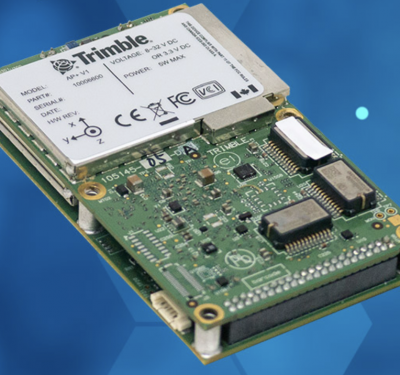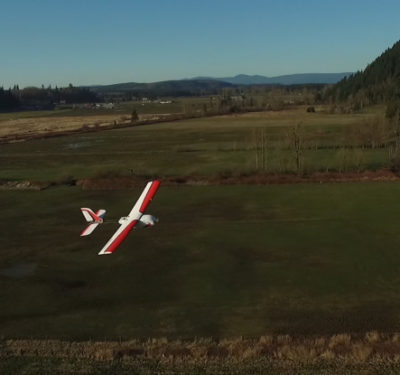
EU Maritime Safety Agency Awards Managed Connectivity Services Contract to SES (Photo: Business Wire)
SES Networks’ managed services will boost connectivity for Remotely Piloted Aircraft Systems (RPAS) services of the European Maritime Safety Agency (EMSA) provided to EU Member States and Agencies. These maritime surveillance activities supported by SES Networks are aimed at improving maritime security and safety operations, as well as response to pollution caused by ships, oil and gas installations.
The RPAS-driven missions will be carried out in the seas surrounding the European Union or the European Free Trade Association (EFTA) countries.
To enable multiple Long Range Long Endurance RPAS operations for maritime surveillance operations of the member states’ authorities, SES Networks will design and provide deployment and maintenance of SATCOM connectivity during the missions. The managed services will include secure end-to-end satellite and terrestrial links, satellite capacity and teleport infrastructure. Under the agreement, SES Networks will support EMSA’s Beyond Radio Line-of-Sight (BRLOS) RPAS operations, as well as satellite internet services to distribute the RPAS data and enable end-users to remotely follow the mission.
“Good satellite coverage is essential to our long range RPAS operations. It will help our users to gain a more complete maritime picture,” said EMSA’s Executive Director, Maja Markovčić Kostelac. “The latest SATCOM contracts will enable the transmission of data from multiple sensors in real time, allowing users to focus more closely on the actual operation.”
“It is an honor for us to support EMSA with SES Networks’ satellite communication services in its critically important maritime missions,” said Nicole Robinson, Senior Vice President Global Government at SES Networks. “To enable real-time long range RPAS data applications, we will be leveraging our highly-reliable global fleet which boasts virtually 100% availability. Coupled with the managed service, this will give multiple advantages to those fulfilling mission-critical tasks at sea.”
SES operates with more 70 satellites in two different orbits, Geostationary Orbit (GEO) and Medium Earth Orbit (MEO).






